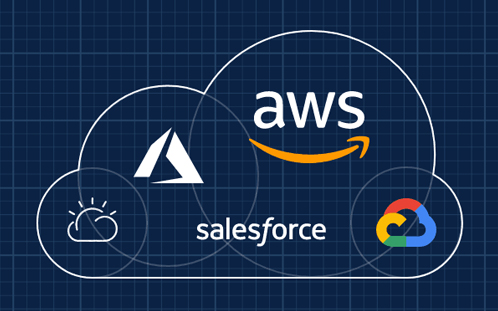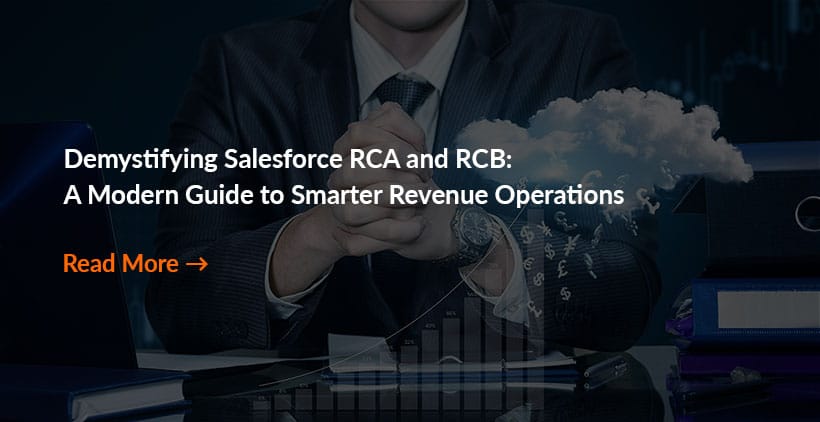It is no wonder to leaders in the IT business that hybrid cloud is now the official choice for enterprises seeking cloud providers.
Data management systems that can connect public cloud services and on-premises on a single screen is the dream blend that all IT leaders want to achieve.
IT administrators make purchasing decisions on which cloud vendor is most suitable for their disparate systems based on how they best meet specific use cases.
The more extended the cloud computing provider, the more applications will be made accessible for subscribers. Similarly, the more modest the provider, the lesser features will be available.
However, the smaller vendors, practically all, provide more customized services.
This year has been interesting for Cloud Computing owing to the COVID crisis. The market has seen a series of notable developments, ranging from large & mid-sized purchases by the tech titans.
Cloud computing has witnessed a significant shift in how software businesses give their products & services to the end customers.
Over a few years, the cloud computing landscape has seen a sharp multi-cloud spin.

Here is how the cloud leaders stack up:
AWS or Amazon Web Services went online in 2005, offered cheaper services, and today owns 35 percent of the cloud services market, driven by its storage and computing services.
AWS has a massive edge over No. 2 Microsoft Azure, slowly gaining market share but still ages behind.
Amazon Web Services has a head start in the market, the most comprehensive host of services, and its most massive data center.
AWS is a public cloud solution but allows various services to connect on-premises installations to the cloud.
It is the most extensive public or hybrid cloud services provider globally. It can handle most IT storage and cloud computing needs. Uploading data to AWS is simple, but it may cost you more than you think.
Microsoft, the most extensive software producer globally, offers fully embraced hybrid cloud solutions because of its sizeable on-premises legacy through the Windows, MS Office, and .Net.
Microsoft intentionally ties all its assets into the same infrastructure. Azure services enable lift and shift of on-premises apps to the use almost painless.
Recently, Microsoft has exposed itself and its software to outside improvement. It has adopted Linux and Kubernetes and now provides essential support for those open source products.
Microsoft also gives Azure Stack for cloud developers, enabling users to replicate a whole Azure environment on-premises.
Microsoft can handle most IT storage, and cloud computing needs. Its strengths cover enterprise storage, data backup, and servers.
Azure Cosmos DB is a database service for developing highly available, large-scale applications efficiently. It enables quick and uniform SQL queries on any data.
IBM quickly realized it was misleading the market with its diverse cloud options, whose purposes were not precise.
It made a pivotal decision to consolidate all of them from Softlayer, Bluemix, and Watson into one umbrella, called IBM Cloud.
IBM Cloud extends more than 150 services for both on-premises and public cloud systems which include, DevOps tools, serverless computing, blockchain, AI, and HPC.
IBM Cloud is directed mostly at big enterprises for scale-out purposes. It can manage most IT storage and cloud computing needs, which operates many high-end data centers globally.
IBM has a much greater history and has a broader range of products and services.
Google Cloud Platform has some catching up to do with AWS and IBM regarding the market share of enterprise usage. Still, it has slowly but surely become a global player.
GCP, which was pure cloud play, soon understood that it had drawn itself into a corner now works with on-premises systems.
It renders elastic infrastructure, disaster recovery, DevOps, and big data and, most notably, TensorFlow. You can’t buy a TensorFlow system. However, you can run your AI and machine learning apps on the Google Cloud.
Google invented Kubernetes, TensorFlow, and other storage technologies, so there’s a lot of intellectual property in GCP.
Suppose you are a business with an active IT development team that continually creates, manages, and updates applications in real-time. In that case, GCP is your best buy.
Google has increased its market share with competitive pricing and corporate discounts.



